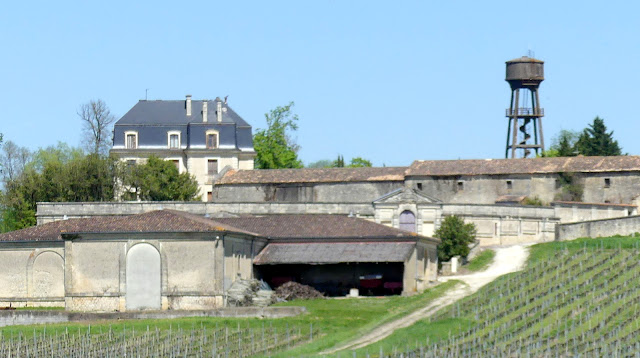But, first, a disclaimer: this is not going to be a piece about the museum’s unorthodox open-to-interpretation curve-heavy architectural design (the work of Anouk Legendre and Nicolas Desmazières of the international architecture agency XTU). I will also most definitely not be writing about the vital statistics of the 55-metre-tall building, with its 918 coloured glass and 2,300 aluminium panels. Nor will I be talking about the Cité’s 250-capacity auditorium, or amenities such as its quiet reading room or swish seventh-floor restaurant. This, dear reader, will be solely focused on my tour of the permanent exhibition itself (as dreamt up by the London-based museum and exhibition designers Casson Mann), which is what most visitors come to see.
And to start off, those visitors are kitted out with a smartphone-style “companion” and a headset, the design of which conveniently leaves a little bit of personal space between the speakers and one’s ears, to retain at least a certain sense of what's going on in the outside world. The companion/headset combination is the essential accessory to be able to enjoy the full Cité du Vin experience, as audio is fed into the earphones throughout, and the electronic device is in essence a personal guide, also offering additional resources and activities along the way.
 |
| The opening "World wine tour" video exhibit. |
The “From the vine to the glass” section delves into the nitty-gritty of wine production, from the diverse characteristics and qualities of different grape varieties, to the techniques and equipment involved in transforming the grapes, and developing and nurturing the wine, to the different types of end product that can be achieved. The stories are told through a number of touchscreen devices, and even some unusual camera obscura-style dish-shaped screens where visitors swish their hands from side to side to interact with the information on offer.
As might be expected, the “Wine and civilization” area extends beyond the product itself to the surrounding economy and culture, as illustrated by a so-called “Trend wall” that covers aspects such as marketing and packaging, and by the large Disneyland ride-like “All aboard” exhibit where visitors are sat in the dark, surrounded by a massive curved screen and under the illusion that they have travelled several centuries back in time and have boarded merchant ships in the company of sailors as they criss-cross the seven seas. A lot of energy and a high-risk sense of adventure clearly went into the business of exporting wine!
In the “Wine and you” section, there is a distinct shift towards the codes and etiquette associated with the consumption of wine. Exhibits include the “Banquet of legends” short widescreen film where famous wine-lovers from various periods throughout history magically come together; much wine-related mirth and merriment ensues. There’s Napoleon Bonaparte and Colette, Marie Curie, Churchill, Voltaire and Hitchcock, as well as the third US president Thomas Jefferson, who surprisingly at no time alludes to his previous (also wine-related) appearance on the Invisible Bordeaux blog.
 |
| Legendary wine-loving figures surrounding French actor Pierre Arditi, who appears as himself. |
 |
| French media personality Ariane Massenet appears life-size on screen to talk wine and the "art of living". |
 |
| The all-squeezing, all-sniffing "buffet of the five senses". |
Finally, the Bordeaux section, predictably enough, recounts the city’s “epic wine tale” on a large video wall, complete with its highs and lows, and delivers interactive panels so that visitors can familiarize themselves with the local appellations and the development of the wine industry throughout the centuries. Oh, and let's not forget that admission includes a glass of wine up on the eighth floor in the “Belvedere” bar, and that the wine tastes all the better when combined with the spectacular panoramic view over the city from the terrace walkway which stretches around the building.
 |
| The Belvedere bar in all its glory. |
 |
| Just a small part of the splendid panoramic view over the city. |
 |
| Hello clouds, hello trees, it's the slightly strange "Bacchus and Venus" installation. |
The takeaway is that the Cité du Vin truly is a world-class exhibition. It could be argued that the world of wine certainly deserved something as unusual, as creative and as imaginative as the Cité du Vin, and surely Bordeaux can be saluted for having delivered it.
> La Cité du Vin, esplanade de Pontac, 134 quai de Bacalan, Bordeaux
> Official Cité du Vin website: www.laciteduvin.com
> Ce dossier est également disponible en français !



























































2 commentaires: